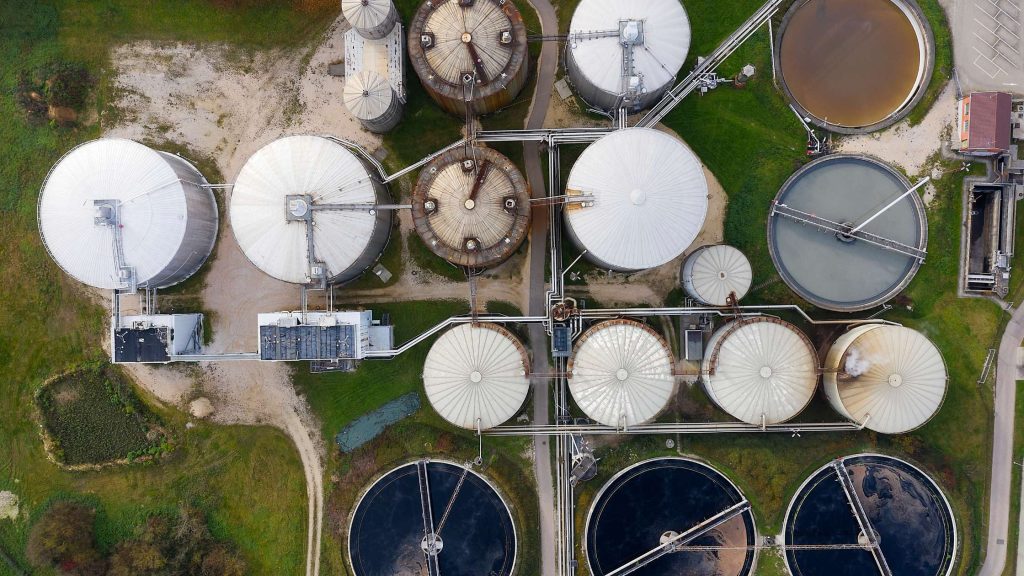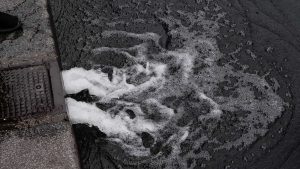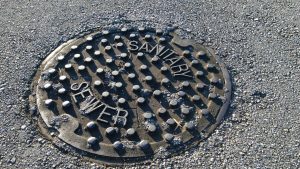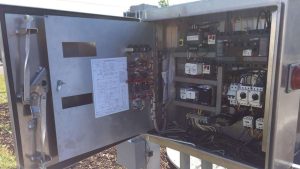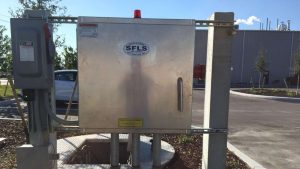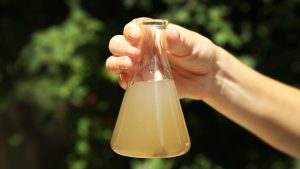Lift stations play a crucial role in preventing wastewater from becoming a public hazard. There are some exciting innovations in their design that you should be aware of. Imagine smart sensors that adapt in real-time to changes in load or systems that recover nutrients, transforming waste into valuable resources.
These advances are reshaping how communities engage with wastewater management. Have you ever considered how these innovations fit into a circular economy model? Let’s explore how these design changes are paving the way for a more sustainable future.
1. Water Reuse Technologies
In water-scarce regions, treating wastewater for local reuse isn’t just beneficial—it’s essential for sustainability.
You can explore water scarcity solutions by implementing onsite treatment systems. These systems allow for the efficient recycling of wastewater within industrial and residential areas. These systems are crucial in industrial applications, where reused water can be utilized for activities like floor washing and cooling processes.
Modular systems, such as those from companies like HydraLoop, provide versatile options for both residential and commercial settings, ensuring water is conserved and reused effectively.
2. Advanced Treatment Solutions
Although wastewater treatment can be complex, advanced solutions simplify the process by effectively removing contaminants and reducing environmental impact.
These systems use advanced filtration and microbial treatment to target impurities efficiently.
By incorporating decentralization, they allow for flexible setups that can be tailored to specific needs, enhancing system resilience.
Energy recovery is another critical feature. It turns waste into a resource, reduces costs, and supports sustainability goals.
Smart sensors play a crucial role in these advanced treatment solutions, providing real-time data and monitoring capabilities for optimal system performance.
3. Nutrient Recovery Strategies
Harness cutting-edge technologies to effectively recover valuable nutrients from wastewater, turning what was once waste into a resource.
Embrace nutrient recycling through methods like anaerobic digestion, which breaks down organic matter to produce biogas and nutrient-rich digestate. This process generates renewable energy and contributes to sustainable agriculture by enriching the soil.
Implement biofiltration systems to capture and convert nutrients into usable forms, reducing pollution and supporting plant growth.
Composting methods can transform organic waste into a valuable soil amendment, enhancing its fertility.
These advancements redefine wastewater treatment, making it a pivotal tool for ecological sustainability.
4. PFAS Contamination Solutions
Tackle PFAS contamination head-on with cutting-edge technologies that permanently eliminate these persistent chemicals from wastewater. You can rely on solutions like Enspired Solutions’ UV light technology and Aclarity’s PFAS destruction methods. These innovations break down the carbon-fluorine bonds, effectively addressing PFAS health risks.
With PFAS regulations tightening, it is crucial to adopt PFAS remediation strategies that meet compliance and protect public health. Start by conducting thorough PFAS testing to identify contamination levels. Then, explore PFAS alternatives that minimize future exposure.
Implementing these solutions ensures regulatory compliance and promotes safer communities. By actively addressing PFAS challenges, you’re contributing to a cleaner environment and setting a precedent for responsible wastewater management.
Innovative Technologies
Despite the hurdles faced in market adoption, innovative technologies in wastewater management offer transformative solutions that boost efficiency and sustainability.
You can now enhance pump efficiency by integrating smart systems that adjust to varying loads, ensuring optimal performance.
Design flexibility allows you to customize lift station configurations to meet specific site requirements, making installations more adaptable.
Energy optimization is achieved through advanced control systems that minimize power consumption while maintaining effective wastewater flow.
By implementing predictive maintenance strategies, you can reduce downtime and extend equipment lifespan, saving costs in the long run.
Safety protocols are also improved, with new technologies providing real-time monitoring and alerts to prevent hazardous situations.
Embrace these innovations to revolutionize your wastewater management processes.
Premier Lift Station Services: Pioneering Sustainable Wastewater Solutions
At South Florida Lift Stations, we pride ourselves on being at the forefront of innovative lift station services that revolutionize wastewater management. We specialize in transforming waste into valuable resources and driving a circular economy.
With a focus on community engagement and adherence to supportive regulations, we ensure a sustainable future in wastewater management.
Let’s turn your challenges into opportunities, providing premier lift station services that enhance efficiency and sustainability for a brighter tomorrow.

